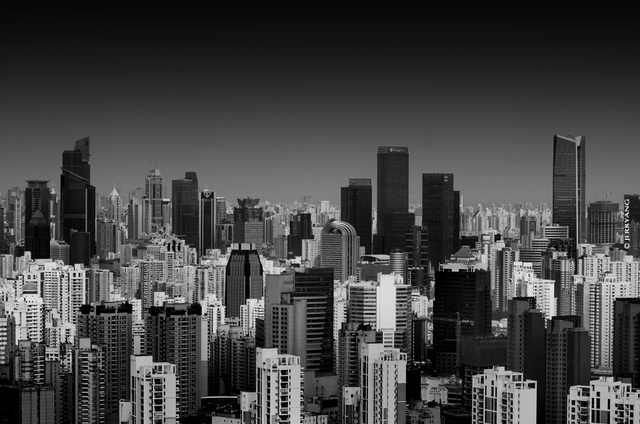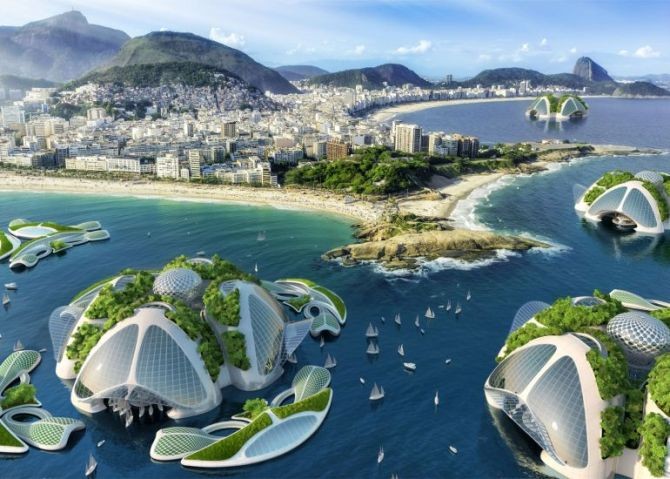.jpg?1624992493&format=webp&width=640&height=580)
Several recurring qualities and topics were explored at the 17th Venice Architecture Biennale, answering curator Hashim Sarkis' question of "How Will We Live Together". Sarkis called upon architects “to imagine spaces in which we can generously live together”, spaces that are unbound by spatial or social contracts, and are flexible enough to welcome individuals and make them find a sense of belonging in an entirely different habitat. Unlike decades ago, migration today is no longer considered as relocating from rural areas to cities, where people needed to be in proximity to their workplaces. Technological advancements, new work modules, and most notably the pandemic altered the way people perceive spaces, making it possible to complete at least 85% of day-to-day responsibilities from practically anywhere in the world. What we have learned from previous cases, and what we are observing now, is that the built environment needs to be flexible.


.jpg?1624992580)
.jpg?1624992414)
.jpg?1624992487)

.jpg?1624992493)
























![Hong Kong in the 90s, when it was still a British colony, but undergoing rapid economic development. Image © Wonderlane [Flickr], under CC BY 2.0 license Carlos García Vázquez: "The Modern Urbanism Has Rediscovered Traditional Cities" - Image 2 of 4](https://images.adsttc.com/media/images/5897/a1df/e58e/ce6e/c700/0818/thumb_jpg/14467525221_4732a9d584_o.jpg?1486332364)



.jpg?1561029678&format=webp&width=640&height=580)
.jpg?1561029668)
_(1).jpg?1561029646)

.jpg?1561029689)
.jpg?1561029678)

















![Call for Submissions: [TRANS-]ient - Featured Image](https://snoopy.archdaily.com/images/archdaily/media/images/58a5/8e68/e58e/cec2/1d00/0166/slideshow/open-uri20170216-15296-jiuusk.jpg?1487244878&format=webp&width=640&height=580)
.jpg?1480789673&format=webp&width=640&height=580)